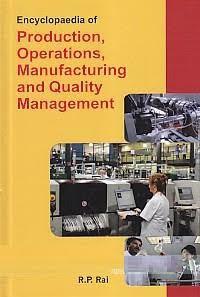Question
Case study of Starbucks As one of the top five coffee buyers in the world, Starbucks actions have significant influence over the industry as a
Case study of Starbucks
As one of the top five coffee buyers in the world, Starbucks actions have significant influence over the industry as a whole, but have also been a source of negative publicity for the company in the past. Among other things, Starbucks has been accused of profiting at the expense of coffee growers, whose livelihoods rise and fall in line with the wildly fluctuating global market price for coffee, which can generate a situation where the market price of coffee falls below the cost of production. Coffee was not only the first consumer product to by widely available as a Fairtrade certified product; it is also one of the most popular. Today, fair trade coffee makes up 20 per cent of the UK retail sales of ground coffee and 70% of the [total] US fair trade market. Due to high-profile NGO campaigns and firm responses, public awareness about fair trade issues is growing. In addition to the growing popularity of fair trade products in Europe, for example, according to Fair Trade USA, awareness about fair trade is also growing among U.S. consumers, albeit more slowly: While the [fair trade community], which was established in Europe over 50 years ago, has achieved 80% market awareness of Fair Trade products among consumers there, consumer awareness of Fair Trade stands at just 34% in the U.S.As a result of the combination of growing awareness of fair trade, in general, and the growing popularity of fair trade coffee, in particular, Starbucks has attracted a lot of attention from fair trade campaigners who began campaigning for change at Starbucks in February 2000 when the activist NGO Global Exchange launched a protest at the companys annual meeting, demanding that Starbucks sell Fair Trade coffee. In response, Starbucks has been at the vanguard of developing the profile of fair trade products in the U.S. ever since. Today, the company works closely with suppliers to help them convert to sustainable practices and offers long-term purchasing contracts as an incentive to do so. This approach helps Starbucks meet the needs of the fair trade industry, as well as increase the quality of the product it buys and then resells in its stores. In particular, in 2004, Starbucks launched the Coffee Agronomy Company.It is based in Costa Rica and positioned as the flagship vehicle for Starbucks sustainable supply chain commitment. Soon after, the company launched its Coffee and Farmer Equity (CAFE) Practices guidelines, which spell out Starbucks expectations for its suppliers on economic, social and environmental issues.
Step by Step Solution
There are 3 Steps involved in it
Step: 1

Get Instant Access to Expert-Tailored Solutions
See step-by-step solutions with expert insights and AI powered tools for academic success
Step: 2

Step: 3

Ace Your Homework with AI
Get the answers you need in no time with our AI-driven, step-by-step assistance
Get Started


